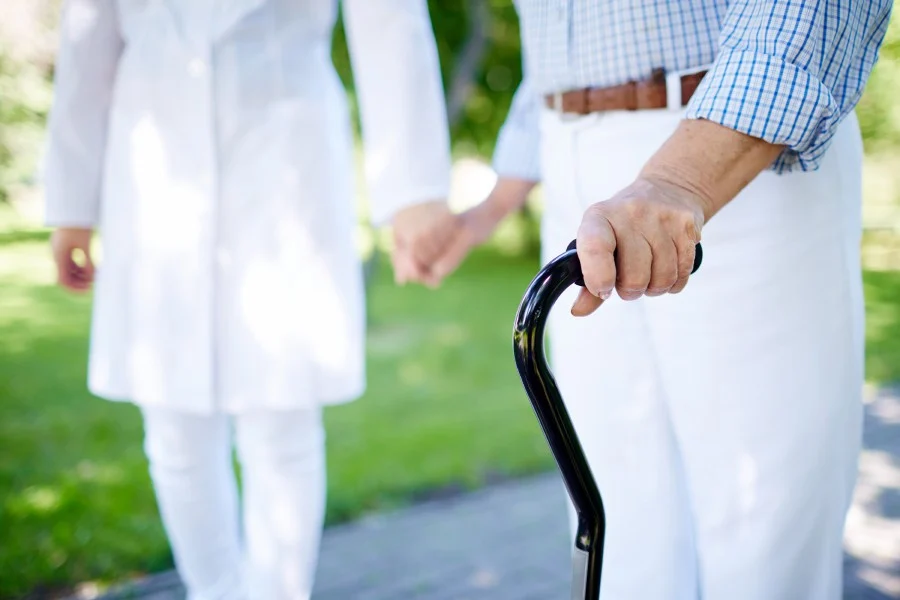A STROKE is a medical emergency. It needs to be treated promptly to improve a patient’s chance of survival and lower the risk of long-term brain damage.
It occurs when blood supply to part of the brain is interrupted or reduced. In 85 per cent of cases, this occurs because of a clot in a blood vessel that cuts off supply to a region of the brain.
This prevents brain tissue from getting oxygen and nutrients and brain cells begin to die in minutes. The severity of a stroke depends on which blood vessels are affected.
If there is a block in one of the main arteries that supplies blood and nutrients to the brain, there is widespread damage and severe loss of function. Doctors often call a stroke a “brain attack” because it is similar to a heart attack but occurs in the brain.
The first four and a half hours of symptom onset is called “The Golden Hour” because patients have a much greater chance of surviving and avoiding long-term brain damage if they arrive at the hospital and receive treatment to break down the clots within the therapeutic window.
The earlier the patient receives acute stroke treatment, the better the outcome.
Regency Specialist Hospital consultant neurologist and internal medicine specialist, Dr Goh Kwang Hwee says symptoms of an acute stroke may develop in minutes without warning, which is why people need to know how to respond if someone around them has a stroke.
“Also, take the necessary precautions to reduce your likelihood of getting a stroke. People should live active, healthy lives and lower the well-known risks of stroke which are high blood pressure, diabetes, hyperlipidaemia, and smoking.”
Regency Specialist Hospital consultant neurosurgeon, Dr Ashraf Sharifuddin adds that strokes can result from an intracranial haemorrhage or brain bleed.
“A brain bleed can occur either inside the skull but outside of the brain tissue, or inside the brain tissue. When there is a leaky or burst vessel that causes a brain bleed, oxygen may not be able to reach the brain tissue. Within three to four minutes, brain cells start dying with no possibility of regeneration.”
This can result in severe physical, mental and task-based disability. Any bleeding in the brain is a medical emergency that needs immediate treatment in the form of surgery or medication to limit damage and improve the chances of recovery.
TAKE ACTION
Recognise the signs of a stroke and how to respond.
* F – Face: Does their face droop on one side, due to loss of feeling or weakness?
*A – Arms: Does this weakness and loss of movement extend down the side of the body to their arms or legs? If they are unable to raise both arms, that is an indication of a stroke.
*S – Speech: Can they speak or are they having difficulty speaking or appear confused?
*T – Time: If you notice these signs, call an ambulance quickly because timely treatment is crucial.

